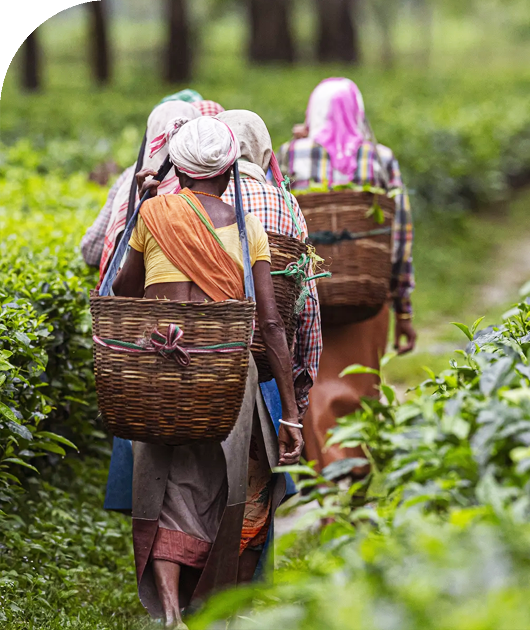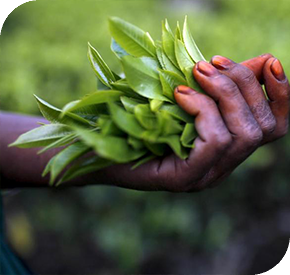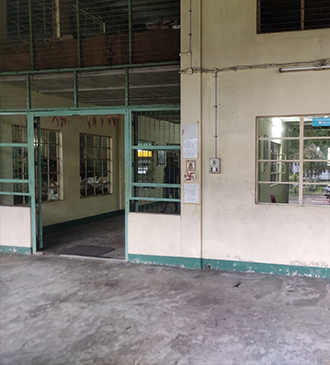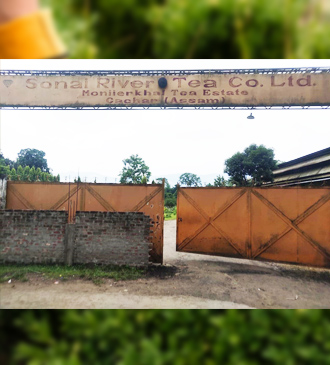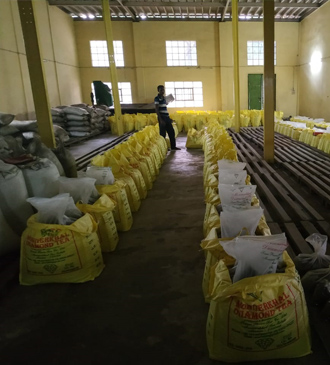Sonai River Tea Co Limited is a publicly listed company listed at Calcutta Stock Exchange.
The Company is engaged in growing, processing and packaging of CTC Tea under brand name “Monierkhal Diamond” and “Monierkhal Riya”. Sonai River Tea Co Limited is an ISO 22000:2018 certified company. The company grows its plantations at Monierkhal Tea Estate spread over 220 Hectares on a land measuring 575 Hectares and hence, its brand name has been derived from the same.
read more
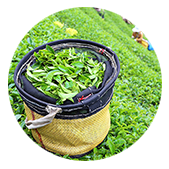


Exlpore Us For Gardening

Nursery Maintenance
The primary objective of nursery management is to raise healthy, vigorous and uniform plants from suitable cultivars with minimum casualties.

Plucking of Tea Leaves
Plucking is the first step in the manufacturing process of tea and refers to the harvesting by hand of the tea plant.

Tea Processing
Tea is laid out on tables or grids in the area with controlled temperature and oxygen supply. This process forms flavor and aroma of tea.
35
Years Experience
Professional Gardening
8k
Satisfied People
Professional Gardening
26
Expert Members
Professional Gardening
Our Director Group

Mrs.Banani Datta
Director

Mr.Rakesh Hirawat
CFO

Mr.Samir Datta
Director

Mr.Saunak Dutta
Director
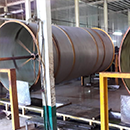
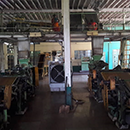
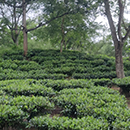
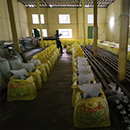
CTC TEA
Withering is the first and most important step involved in tea processing. By this process the tea makers condition the plucked tea leaves and thus enabling the leaves for further processing. Withering helps the green leaves to soften up and to expel the excess water present. Generally the green tea leaf contains water level which is within a range of 74 to 83%. Proper withering helps in bringing down this water level to an acceptable degree of around 70%.
This process makes the leaves rubbery or flaccid, which is a prerequisite for proper twisting and curling of the leaves. The water content of the leaves changes in between different seasons. An expert tea master sets the withering level judiciously and ensures a solid foundation for quality tea manufacturing. That is why, all experts admit that ‘withering makes or mars the tea’. A tea maker controls withering by adjusting the time which he keeps within a range of 3 hours to 18 hours.
a. It facilitates more efficient and quicker oxidation due to enhanced enzyme activity
b. Withering enhances color and aroma due to influence of amino acids
c. It can increase the desirability for addition of Caffeine.
However one word of caution – both under and over withering can adversely affect the quality of made tea.
After the withering process is over, the tea master sends the leaves through a leaf sifter. Sifting eliminates extraneous matters like sand, stones or metal pieces that may have made their way to the factory from the field along with the leaves.
The tea master sends the leaves through rolling process. Rolling process ruptures the leaf cell-walls and thus the leaf maceration process is accomplished. Now the atmospheric oxygen comes in contact with the ruptured cells. This enables intermixing of chemical constituents and enzymes. This in turn produces important constituents responsible for tea characteristics. Along with the maceration process oxidation process too starts. This in turn affects the flavor and color of the end product. That is why leaf maceration is another key step in tea manufacture.
Rolling process is essential for the production of orthodox tea. As the withered and conditioned tea leaves pass through the rolling table, the cell walls of the tea ruptures. The cell contents are then exposed to the atmospheric oxygen and oxidation starts. For giving the leaves a desired shape, rolling machine twists the leaves and also cut down the bigger twisted leaves into size. The pressure and the twist exerted by the machine among the leaves and also between the leaf and the surface of the rolling table accelerates the chemical reactions. However the tea master needs to carefully monitor and control the heat generated due to friction. If he fails to control the heat, then formation of undesirable constituents is possible which can affect the quality of the tea adversely.
After around every half an hour or one hour, the tea master ensures that the rolled leaves are discharged and passed through a sifter. The sifter segregates the properly sized and twisted leaves from coarse leaves. Sifters have perforations of different sizes. The particles passing through the sifter perforation is known as fines. The tea master sends the spill, which we may call coarse leaves, back for further rolling. He put the fine leaf forward for further oxidation process.
CTC processing is essential for the production of CTC tea. As the withered leaves after the rotor vane are passed through the CTC machine, the machine do all the crushing, tearing and curling operations simultaneously. The robust machine continuously processes steady stream of leaf and produce the granular constituents of CTC tea. The cut achieved in the CTC machine have a deep impact on the make, appearance, grade percentage, fiber content, liquor and brew of the made tea
Oxidation: As the name suggests, oxidation is a chemical reaction. It occurs in the presence of oxygen. In tea, oxidation enables the formation of new compounds at a molecular level. This results in the exclusive brown color and astringent flavor of black tea. Obviously oxidation plays a vital role in the manufacturing of black tea.
It is the process in which the moisture level in the made tea is brought down to around 3% level by stopping all sorts of enzyme activities and arresting the oxidation for a stable product with
good shelf life. A common dryer made after finished tea processinghas an air heater, a heat exchanger and a fan unit over and above the dryer unit. Most commonly used dryer is the Fluid-Bed Dryer (FBD). After the drying is done, the dryer mouth made tea is fed to the sifter for gradation.
Sifter sorts tea into pieces of various roughly equal sized teas. Tea is segregated into four main sizes namely, whole leaf, broken, fannings and dust. Tea is further sub-divided into different grades of as per the qualities within each of these sizes. Whole leaf grade has the largest size with leaves as long as two cm with the broken grade following up next with a maximum grain length of one cm. Fannings grade teas consisting of leaf-part can have a maximum size of one eighth of an inch followed by the dust which is the smallest possible grade of tea as the name suggests.
These are the most important steps in the manufacturing of tea. The sorted teas are then packaged for storage and shipment.
Frequently Asked Questions
Contact Us



